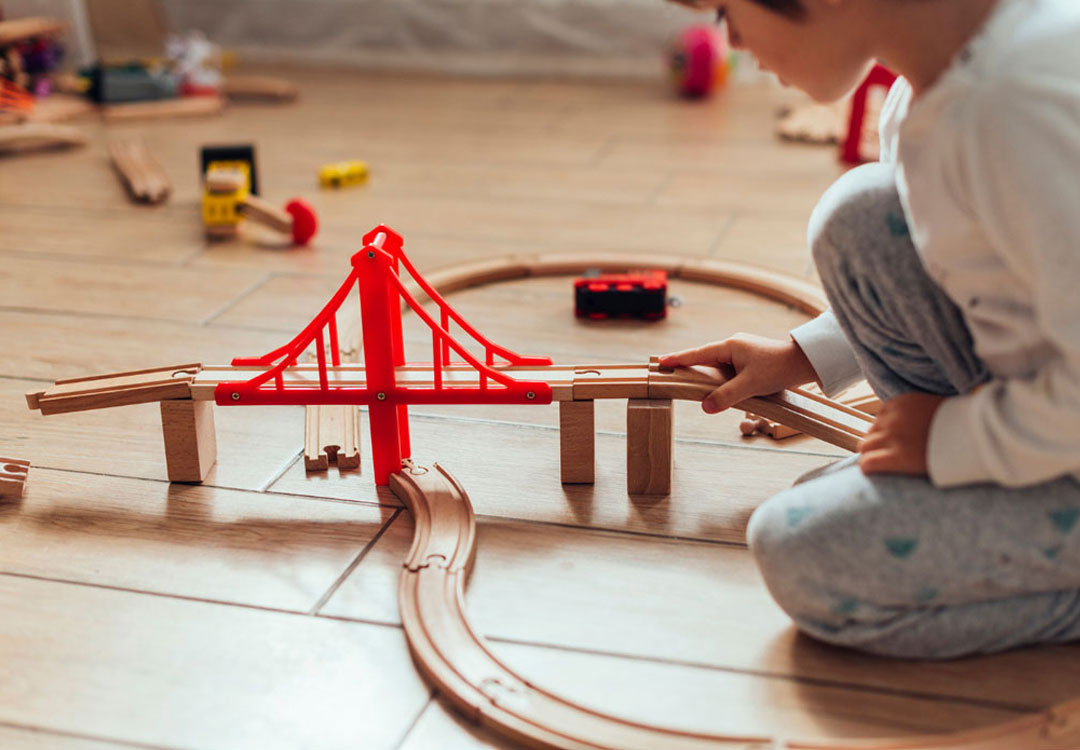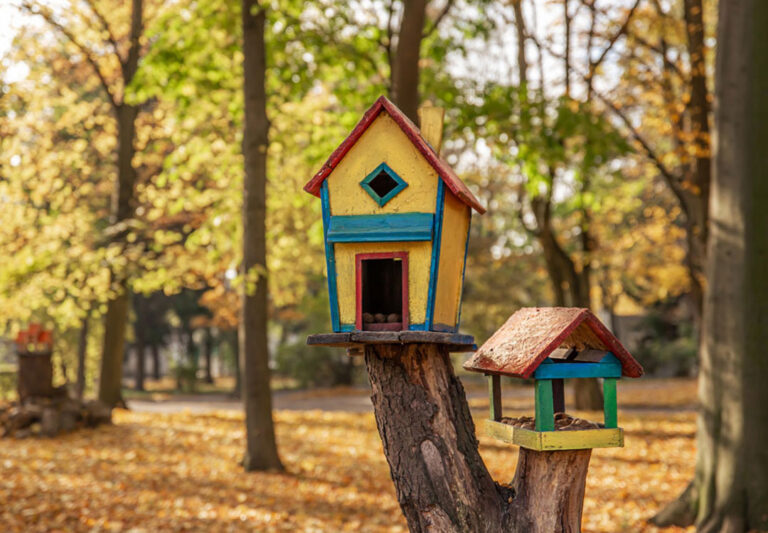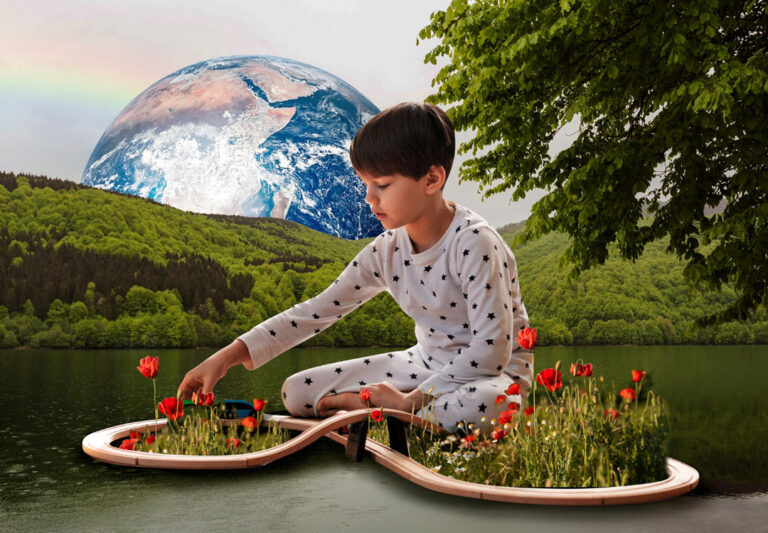Introduction:
In a world dominated by structured activities and screens, the concept of open-ended play offers a refreshing antidote—a space where children can unleash their creativity, imagination, and innovation. In this blog, we’ll delve into the transformative role of open-ended play in sparking creativity and discuss the importance of providing children with materials and environments that encourage exploration and experimentation.
Understanding Open-Ended Play:
Open-ended play refers to activities and experiences that have no predetermined outcome or fixed set of rules. Unlike structured games or activities with a specific objective, open-ended play invites children to explore, experiment, and create freely. Whether it’s building with blocks, exploring nature, or engaging in imaginative role-play, open-ended play encourages children to use their imagination and ingenuity to guide their experiences.
Fostering Creativity and Innovation:
Open-ended play is a fertile ground for creativity and innovation to flourish. When children are given the freedom to explore and experiment without constraints, they learn to think outside the box, problem-solve creatively, and generate novel ideas. Whether they’re building elaborate structures with loose parts, creating artwork with found materials, or inventing imaginary worlds with their peers, open-ended play stimulates their imagination and sparks a sense of wonder and curiosity.
The Importance of Materials and Environments:
Providing children with the right materials and environments is essential for fostering open-ended play. Loose parts such as blocks, sticks, fabric scraps, and natural materials offer endless possibilities for creativity and exploration. Likewise, outdoor environments rich in natural elements—such as parks, forests, and beaches—provide children with opportunities for sensory experiences, physical activity, and imaginative play.
Tips for Parents and Educators:
- Offer a variety of open-ended materials and toys that encourage exploration and creativity, such as blocks, art supplies, dress-up clothes, and play dough.
- Create dedicated play spaces that are conducive to open-ended play, with plenty of room for movement, imagination, and mess-making.
- Encourage child-led play by following their interests, offering support and guidance when needed, but allowing them to take the lead.
- Embrace the mess! Open-ended play can be messy, but it’s a sign that children are actively engaged and learning through hands-on exploration.
- Limit screen time and structured activities to make room for unstructured, child-directed play that fosters creativity and innovation.
Conclusion:
Open-ended play is not just a form of entertainment—it’s a powerful catalyst for creativity, innovation, and lifelong learning. By providing children with materials and environments that encourage exploration and experimentation, we can nurture their innate curiosity, imagination, and problem-solving skills. So let’s embrace the beauty of open-ended play and give our children the freedom to dream, create, and discover the endless possibilities that lie within their imaginations.





